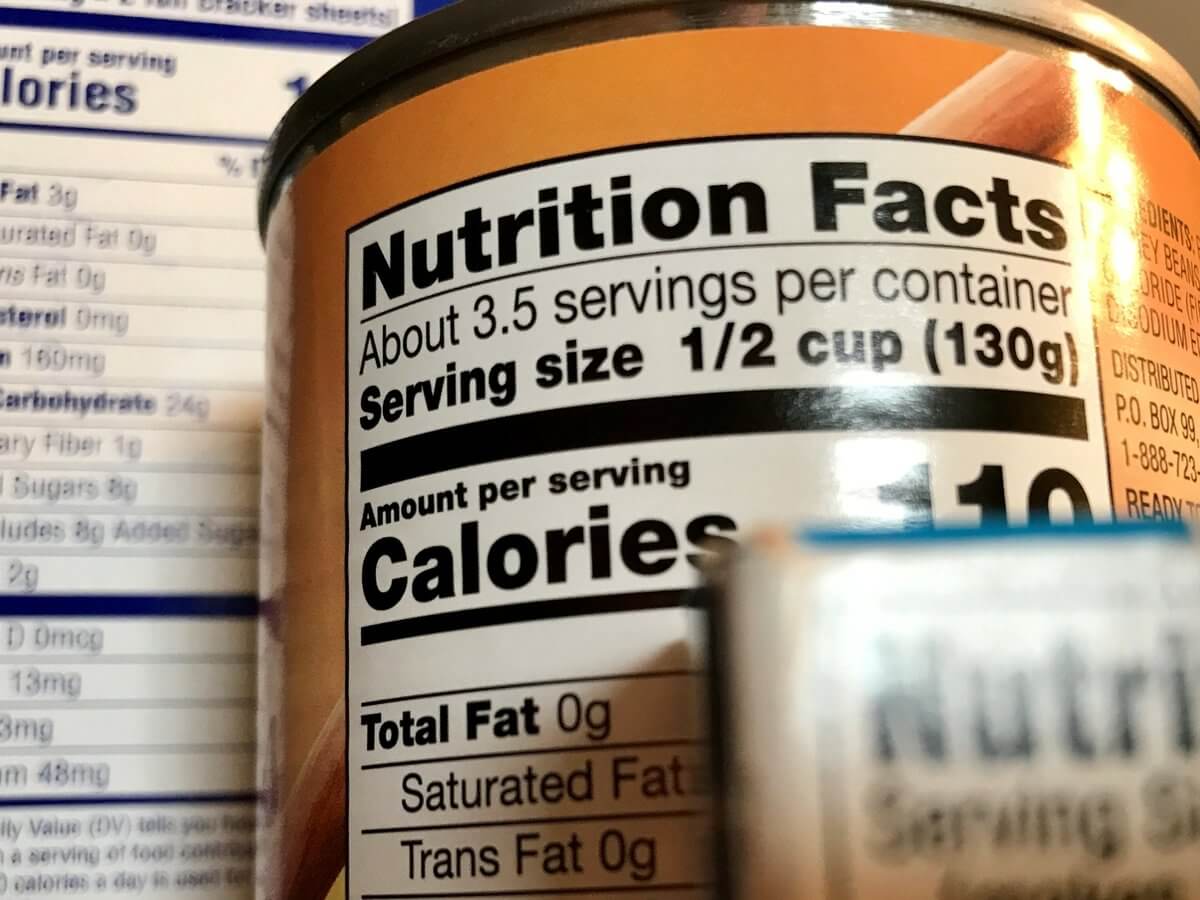
(Copyright: American Heart Association)
HALLE, Germany — Placing a “low fat” label on foods may be more trouble than it's worth for food producers, according to new research out of Germany. Scientists at Martin Luther University Halle-Wittenberg (MLU) say that while this practice is technically truthful and well-intentioned by manufacturers, consumers can't help but get the wrong idea about what they're eating and drinking.
Researchers found that when many shoppers see food labels declaring “low fat,” they assume the product also contains less sugar. This, of course, is not always true. Many low-fat food offerings generally contain the same level of sugar as other products, the study reveals.
After telling consumers this reality, many study respondents actually reported feeling deceived by the labels and said they would be less inclined to buy certain products moving forward.
The team conducted a total of three experiments to reach these findings, all of which focused on how the information displayed on yogurt packaging influences subsequent perceptions and purchasing behaviors. In all, 760 people from the United States took part in these experiments online. Participants were also asked if they would buy the products.
“We wanted to find out whether information about a reduced fat content changed the overall perception of a product,” says study leader and economist Dr. Steffen Jahn from MLU in a university release.

Nearly all study participants correctly estimated the lower calorie content of the low-fat yogurt. Meanwhile, consumers also tended to believe that the yogurt contained less sugar than other yogurts that wasn't labelled as “low fat.” During the second and third experiments, some participants were shown the low-fat product with the actual nutritional information printed on the front. This led to that group correcting their views on the sugar content, but their willingness to buy the items also decreased, despite the low-fat yogurt containing fewer calories. Another cohort was shown low-fat products without the “low fat” label, which did not end up changing their purchase intentions.
“Many people want to eat healthily but fail to do so for a variety of reasons. The information on food packaging also plays a role in this, as it can bias consumer perceptions,” Dr. Jahn says.
Study authors theorize that certain manufacturers take advantage of this effect. For example, in Australia, a cake mix was advertised as being “97 percent fat free” — all while containing 55 percent sugar.
“Our study shows that consumers can feel deceived by a product because, even though ‘low fat’ claims by manufacturers are technically true, a part of the truth is concealed,” Dr. Jahn concludes.
The research team says manufacturers need to think carefully about this practice if they want to retain customers for the long haul. One alternative idea would be to place all nutritional information directly on the front of groceries.
The study is published in the journal Food Quality and Preference.










